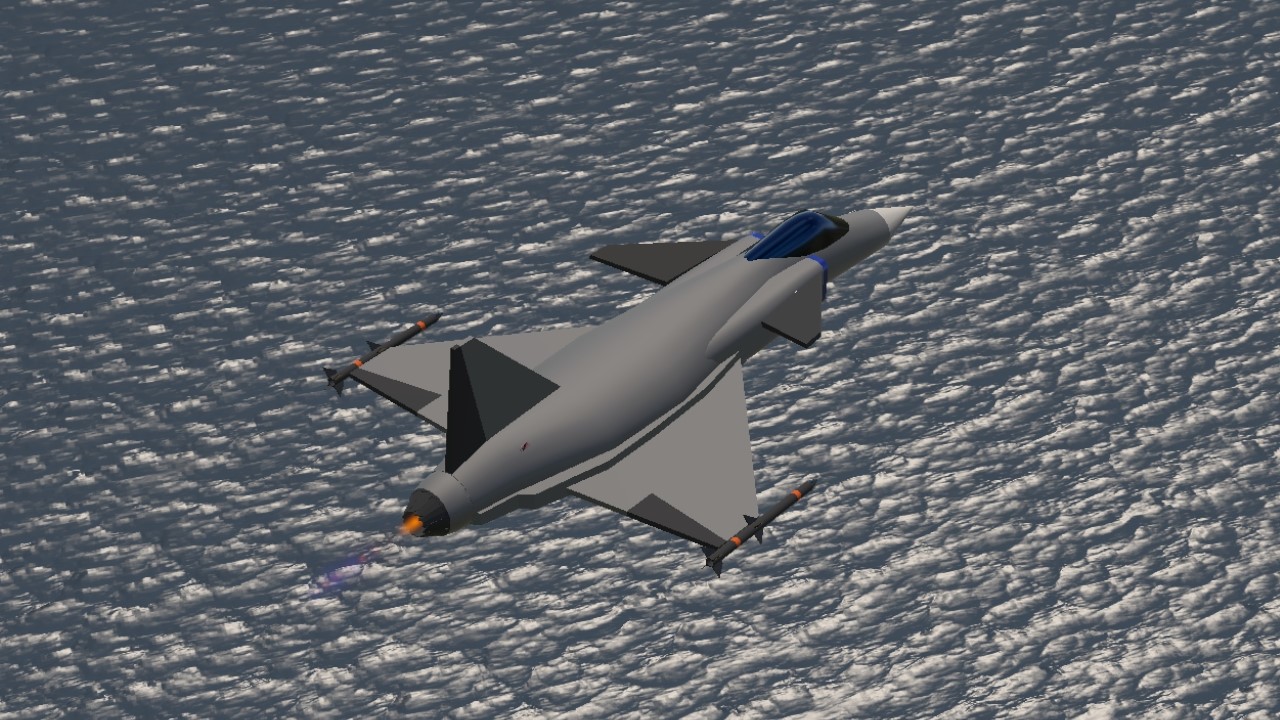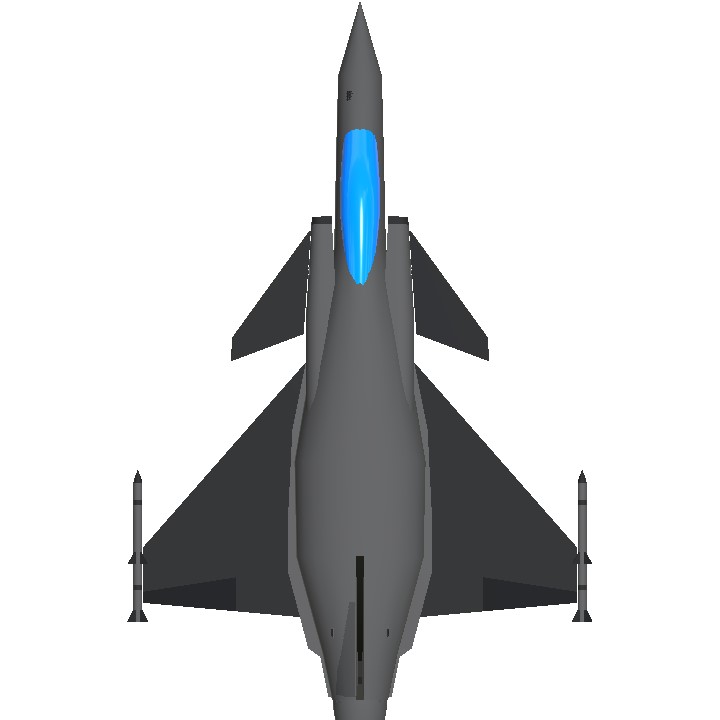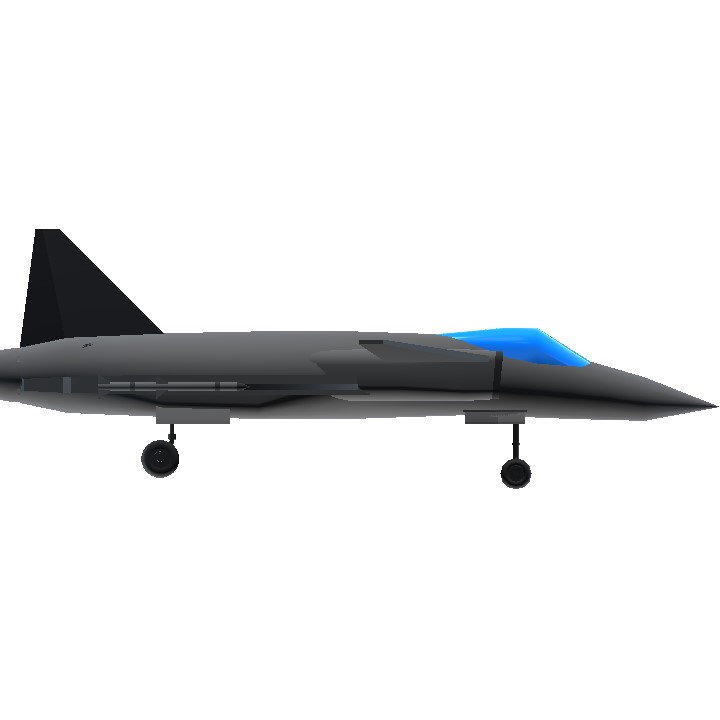The story of the SAAB JAS-39 Gripen is a fascinating journey that integrates elements of aerospace design, military innovation, and geopolitical strategy. This aircraft, developed by Swedish aerospace manufacturer SAAB, has become an iconic symbol of modern fighter technology, all while being emblematic of Sweden's unique approach to defense.
The Prelude: Cold War Context
The origins of the Gripen can be traced back to the Cold War era, a time characterized by escalating tensions between NATO and the Warsaw Pact, which spurred various nations to modernize their armed forces. Sweden, maintaining a policy of neutrality, recognized the need for a capable air defense system to protect its sovereignty. Given its geographical dimensions, Sweden required an aircraft that could operate effectively from short airstrips and adapt to the diverse conditions of the Nordic regions.
The Initiation of the Project
In the late 1970s, the Swedish Air Force began evaluating their next-generation fighter needs, culminating in the "JAS" program (Jakt, Attack, Spaning – meaning Interceptor, Attack, Reconnaissance). SAAB was assigned the task of developing this multi-role aircraft that could fulfill a variety of combat roles while also being cost-effective to operate and maintain.
Design and Development
The development officially began in 1982, with SAAB leveraging its experience from earlier aircraft like the SAAB 35 Draken and SAAB 37 Viggen. One of the critical design philosophies was modularity and ease of maintenance, allowing the Gripen to be operated by smaller air forces or in austere environments.
The design itself incorporated advanced aerodynamics with canard delta wings that provided superior maneuverability and stability. This design choice, combined with cutting-edge fly-by-wire technology, allowed for remarkable agility, making it a formidable adversary in air combat.
The Gripen's engine, the Volvo RM12, was a derivative of the General Electric F404 engine used in the F/A-18 Hornet, which enhanced its performance and maintainability. The collaboration with Volvo also underscored the Gripen's dual commitment to transparency for local industry and international partnerships.
First Flight and Trials
The first prototype, known as the Gripen A, took to the skies on December 9, 1988, marking a significant milestone in the project. The flight trials showcased its capabilities, with the aircraft being tested under various conditions and maneuvers to ensure it could operate effectively in any Swedish environment.
By the early 1990s, the Gripen's technical maturity became apparent, leading to the start of production in 1993. The aircraft was designed with a focus on reducing both operational costs and lifecycle maintenance costs, making it appealing not just for Sweden, but also for potential international customers.
Induction into Service
The SAAB JAS-39 Gripen was officially inducted into the Swedish Air Force in 1997, quickly becoming a vital component of the nation’s defense strategy. Its advanced avionics and weaponry systems allowed it to perform a variety of roles, including air-to-air combat, ground attack, and reconnaissance missions. The Gripen was designed to be a network-centric fighter, enabling it to leverage data from multiple sources and share information in real time across friendly forces.
International Interest and Exports
As the Gripen established its reputation, international interest grew, leading to successful exports to several nations. Countries such as South Africa, Brazil, Hungary, and the Czech Republic opted for the aircraft, recognizing its advanced features and cost-effectiveness. The Gripen’s ability to operate from dispersed airfields and its low maintenance costs were particularly attractive for nations with restricted defense budgets.
Continuous Evolution
In the following years, continued advancements and upgrades were introduced into the Gripen lineage, leading to the Gripen NG (Next Generation) and subsequently the Gripen E/F variant. These updates included enhanced avionics, a more powerful engine, improved weapon systems, and advanced radar capabilities. The Gripen E, in particular, emphasizes network-centric operations, integrating with advanced sensor systems and providing increased lethality and survivability.
The Gripen Today
Now, the SAAB JAS-39 Gripen stands as a testament to Sweden’s innovative and pragmatic approach to defense. It combines agility, versatility, and modern technological advancements with economical defense solutions. As air forces around the world seek adaptable platforms that can operate in hybrid warfare environments, the Gripen’s design philosophy and operational capabilities resonate strongly.
Conclusion
The story of the SAAB JAS-39 Gripen is more than just a tale of an aircraft's evolution; it embodies Sweden's strategic insights during tumultuous times, its commitment to maintaining national sovereignty, and the intricate balance between defense needs and economic viability. As it continues to serve in various roles for both the Swedish Air Force and international allies, the Gripen’s legacy is already a rich tapestry woven with innovation, adaptability, and a forward-looking vision in aerospace.
Specifications
General Characteristics
- Predecessor [AI PLANE MAKER]
- Created On Android
- Wingspan 46.8ft (14.3m)
- Length 74.2ft (22.6m)
- Height 26.7ft (8.1m)
- Empty Weight N/A
- Loaded Weight 24,209lbs (10,981kg)
Performance
- Power/Weight Ratio 2.784
- Wing Loading 29.5lbs/ft2 (144.2kg/m2)
- Wing Area 819.7ft2 (76.2m2)
- Drag Points 4900
Parts
- Number of Parts 44
- Control Surfaces 3
- Performance Cost 382




